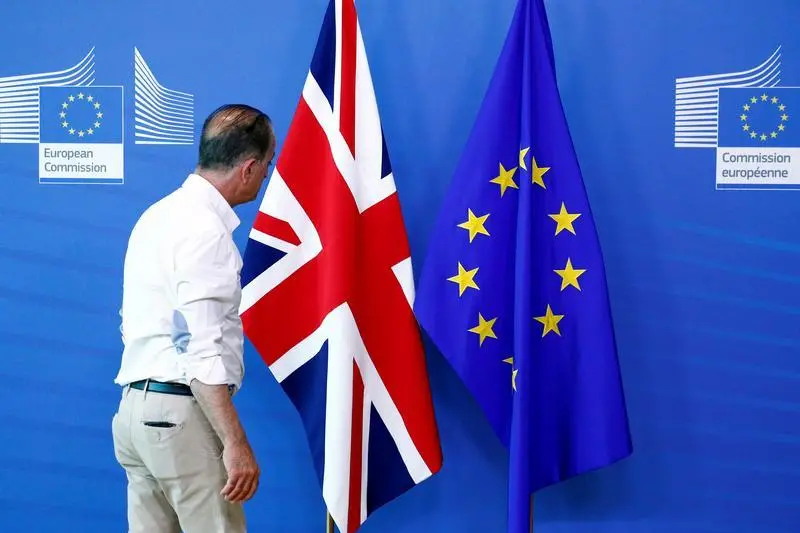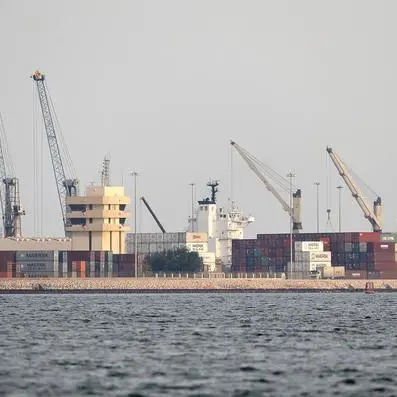PHOTO
LONDON - Only the threat of chaos might break the Brexit deadlock. With just over five months to go until Britain formally leaves the European Union, talks over its departure have reached an impasse. Prime Minister Theresa May faces irreconcilable demands from EU negotiators in Brussels and hard-line parliamentarians at home. To avoid a disorderly exit, at least one side must cave.
It’s 10 months since Britain and the EU negotiated the broad outlines of a withdrawal agreement, but they still don’t have a formal deal. The sticking point is Northern Ireland. Both sides want to avoid reintroducing a hard border between the British province and Ireland. The only way to ensure this is for Northern Ireland to remain in the EU’s single market and customs union, even if the rest of Britain leaves. May rejects this, but says the whole of Britain could stay in the customs union while the two sides negotiate a broader deal. The EU insists this is no substitute for a binding Northern Ireland “backstop”.
This conundrum is leading to ever more elaborate contortions. The latest idea is to extend the transition period - the interval between Britain formally leaving the EU and the beginning of a new permanent trading agreement - beyond the end of 2020. But even if this helps break the deadlock in Brussels, it’s highly doubtful that May will get it through parliament in Westminster. The Democratic Unionist Party on whose support her government depends has vowed to veto any deal that treats Northern Ireland differently. Meanwhile, a hard-line minority of May’s Conservative party opposes any deal that effectively extends Britain’s EU membership. May might therefore need to rely on the opposition Labour party - a big gamble.
To have any chance of facing down her opponents, May will have to point to the alternative of a chaotic “no deal” Brexit. That suggests delaying a showdown with the EU and parliament until December, or even later. The uncertainty is damaging: German carmaker BMW will temporarily halt production at its British Mini plant after March 29 next year in case supply chains are disrupted, while one large European bank has told employees not to travel to the United Kingdom for several weeks after March. The risks are huge. But barring an unlikely shift, Britain and the EU will keep edging closer to the abyss.
CONTEXT NEWS
- Prime Minister Theresa May on Oct. 18 signalled she would consider extending a so-called transition period “for a matter of months” after Britain leaves the European Union.
- With less than six months before Britain is due to quit the EU, talks have stalled over how to deal with the border between Northern Ireland and Ireland.
- At an EU summit in Brussels on Oct. 17, several leaders and diplomats said May had offered nothing new to strike the kind of breakthrough needed to move forward.
- EU negotiators are insisting that Britain commit to keep Northern Ireland in the EU’s single market and customs union - thereby avoiding a hard border with Ireland - if no other agreement can be reached. Negotiations about a broader trade agreement would only begin in earnest after Britain formally leaves the bloc in March 2019. These talks would take place during an “implementation period” which is due to end in December 2020.
- “A further idea that has emerged, and it is an idea at this stage, is to create an option to extend the implementation period for a matter of months, and it would only be a matter of months,” May told reporters on the second day of the summit.
(Editing by Neil Unmack and Bob Cervi)
© Reuters News 2018












